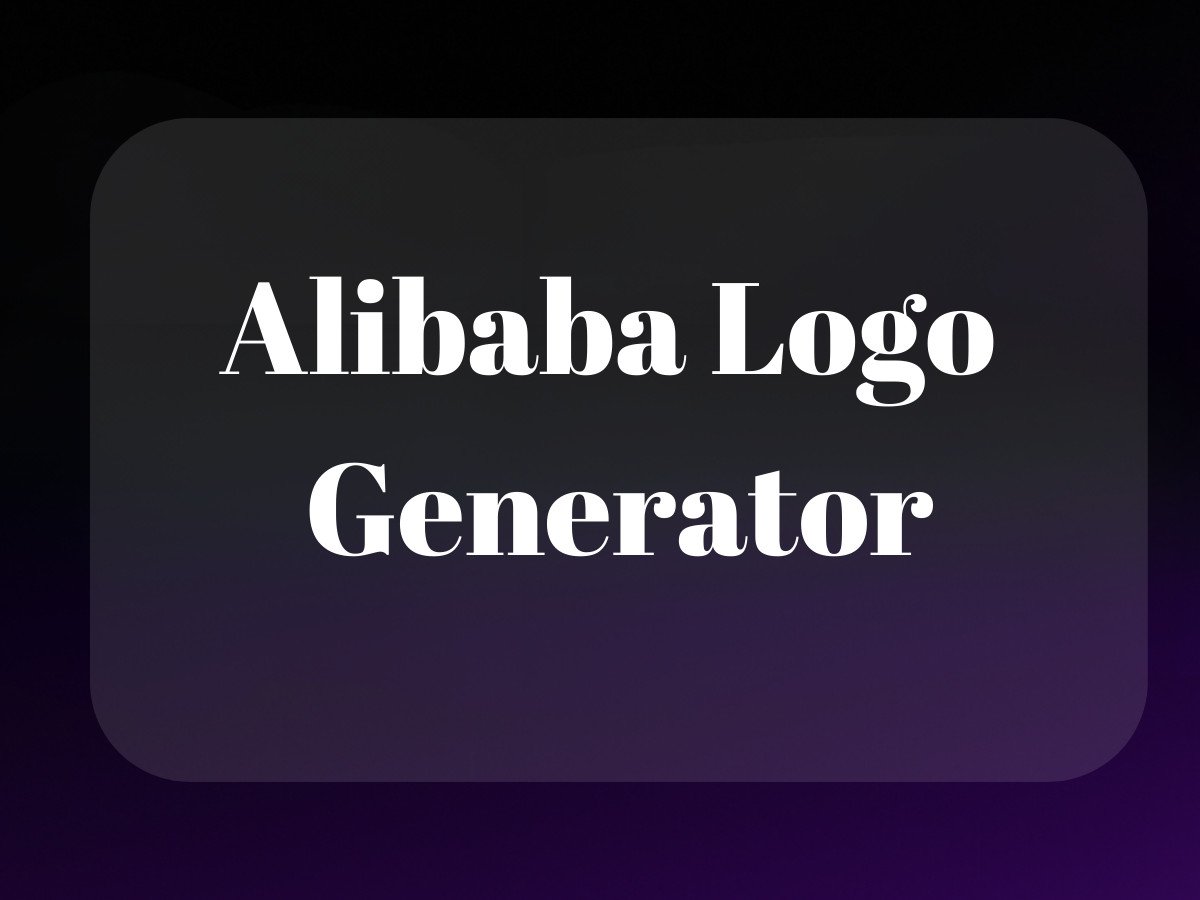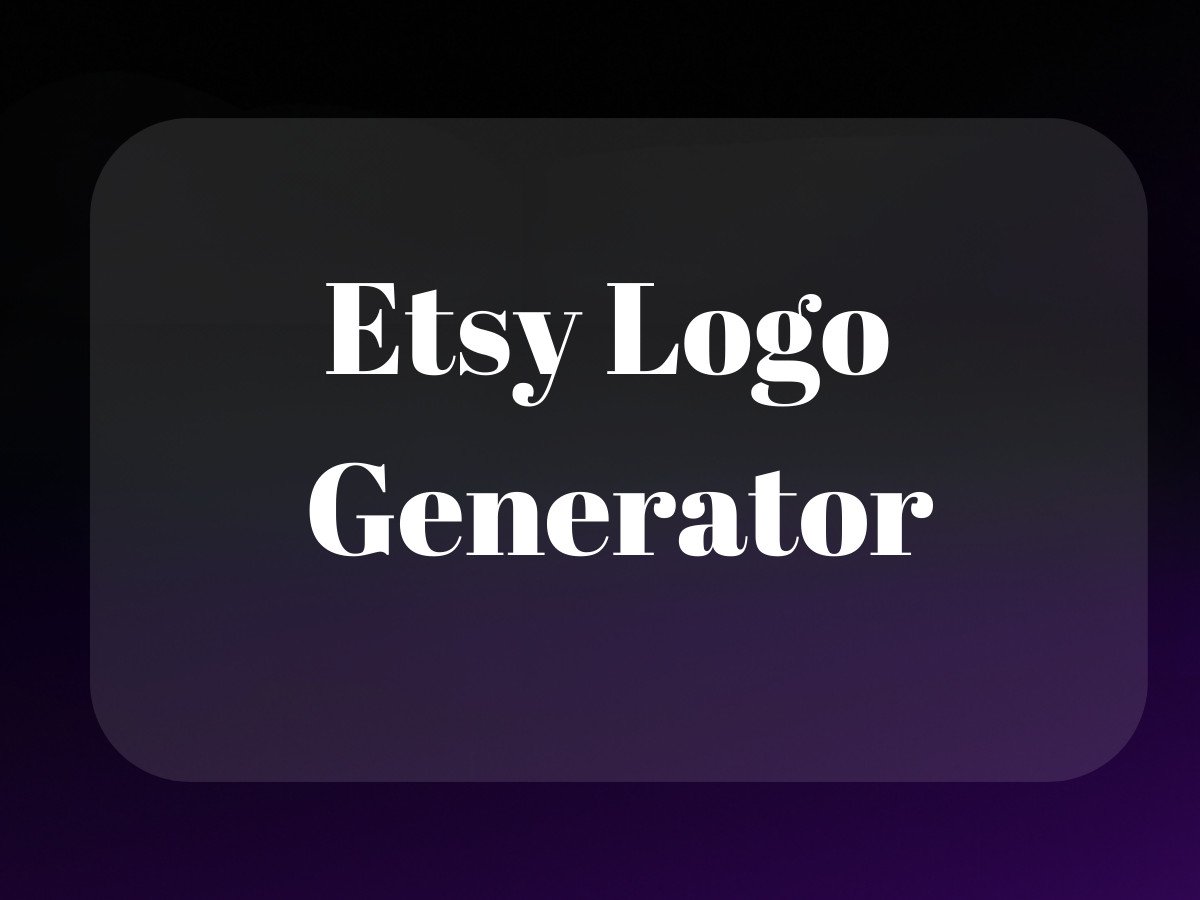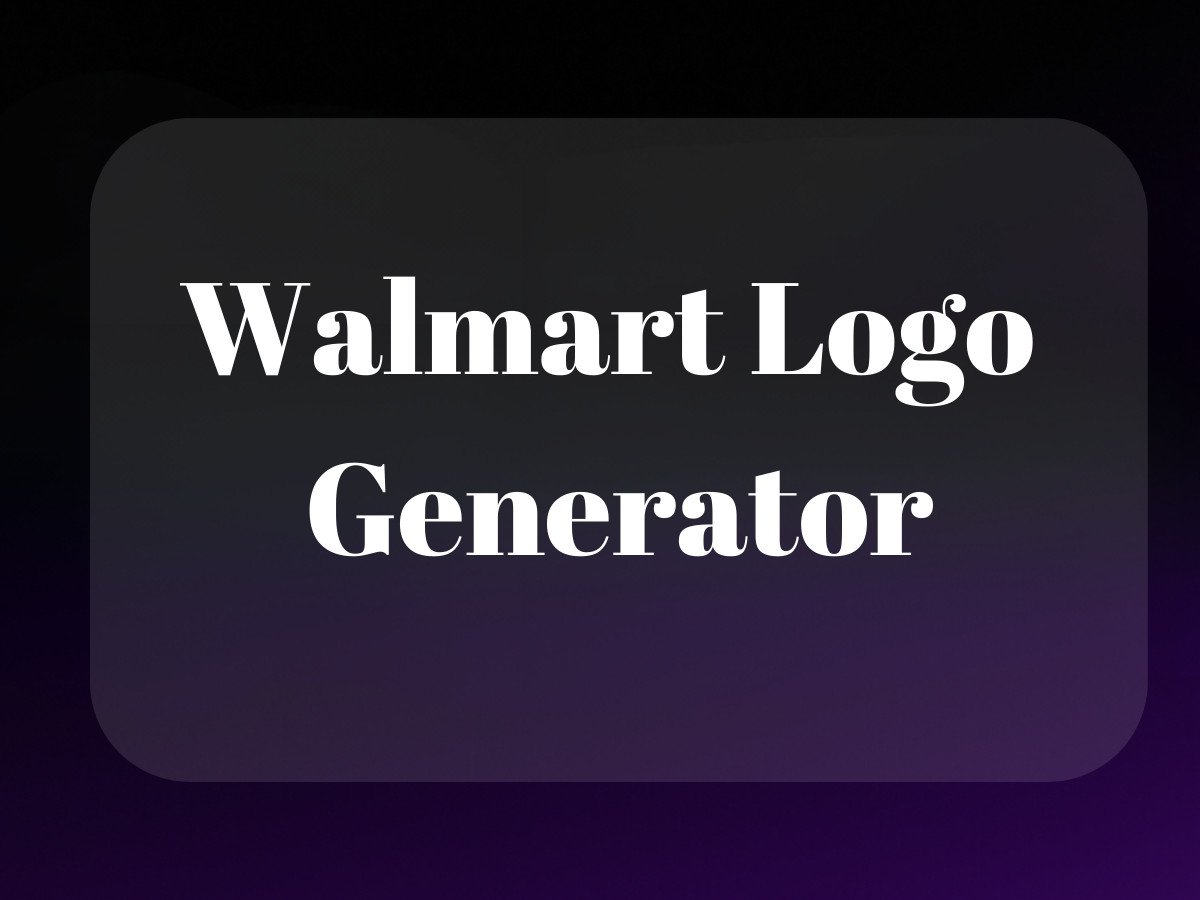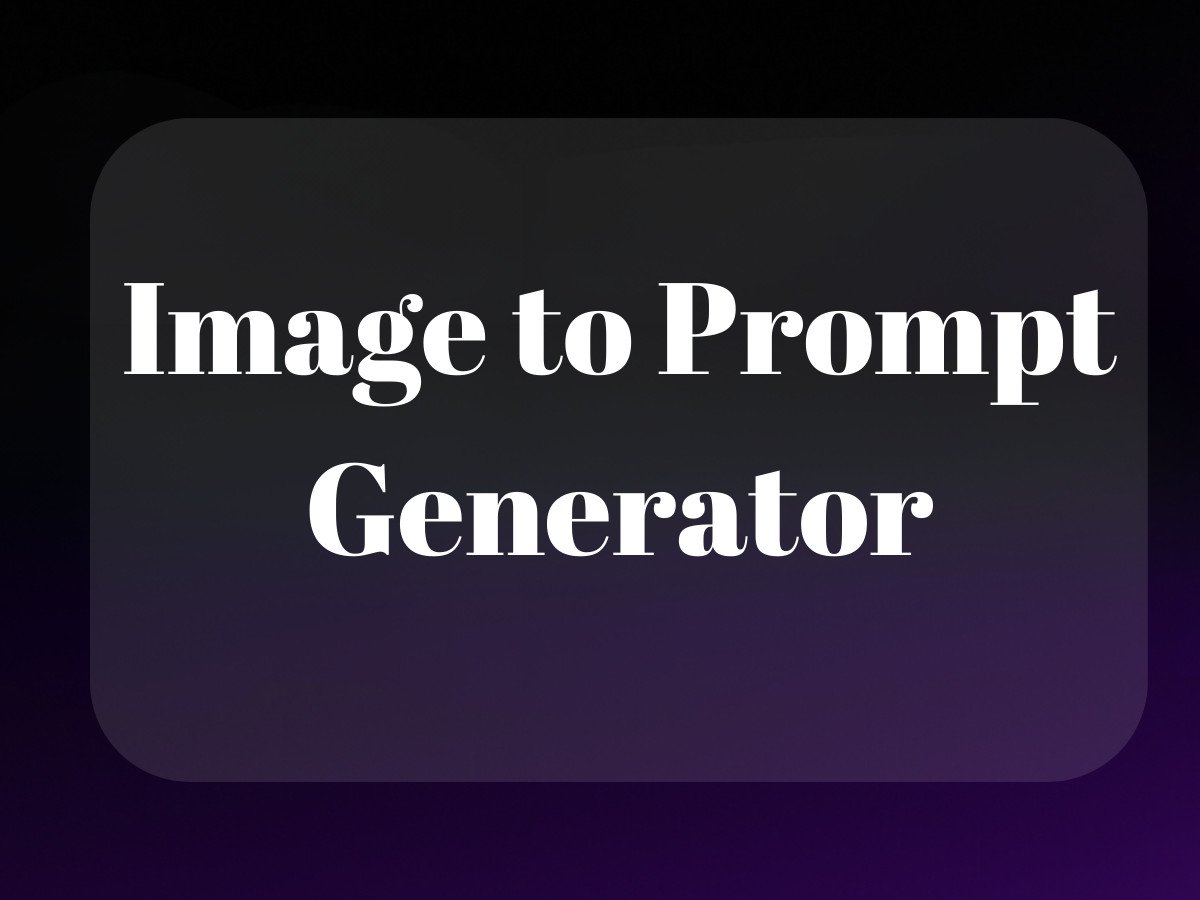The Evolution of Product Customization: From Luxury to Necessity
Remember when “customization” meant waiting weeks for a tailor to adjust your suit or paying premium prices for personalized jewelry? Those days feel as distant as dial-up internet. Yet here we are, watching brands struggle to implement basic product customization while customers expect Amazon-level personalization on every site they visit.

This gap—between customer expectations and what most brands actually offer—isn’t about technology limitations. It’s about fundamentally misunderstanding what product customization software can and should do for your business.
We’ve cast product configurators in the role of complex, enterprise-only solutions when we should be thinking of them more like digital sales associates: tools that guide customers, showcase products effectively, and ultimately drive conversions through personalization.
Understanding Modern Product Customization Software
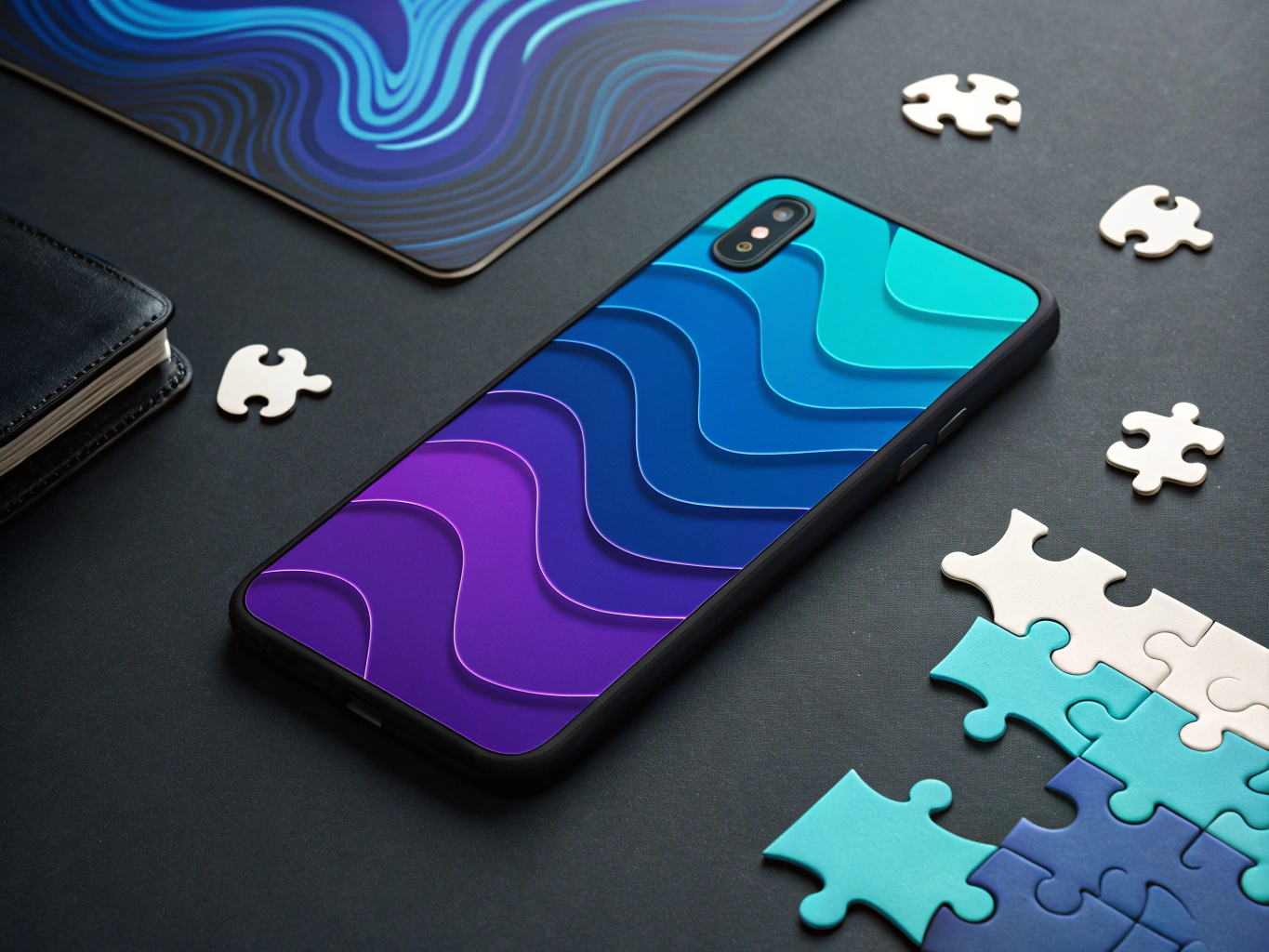
At its core, product customization software lets customers modify products before purchase—but that’s like saying smartphones just make calls. Today’s customization platforms are sophisticated visualization engines that combine 3D rendering, real-time pricing, and production-ready output generation.
The Technical Evolution of Product Configurators
Early product customizers were basically glorified dropdown menus. Select a color, pick a size, maybe add some text—nothing groundbreaking. Modern solutions leverage WebGL for browser-based 3D rendering, letting customers see photorealistic previews of their customized products from any angle, with real-time updates as they make changes.
Think about how Tesla revolutionized car customization with their Design Studio. That same level of interactive visualization is now accessible to brands of all sizes, thanks to advances in web technology and the decreasing cost of 3D rendering.
Core Features That Drive Results
Real-Time Visualization
The days of “your results may vary” are over. Customers expect—and deserve—to see exactly what they’re getting. Advanced product customization platforms offer:
- 360-degree product views with zoom capabilities
- Real-time material and texture rendering
- Accurate color representation across devices
- Lighting and shadow effects that mirror real-world conditions
Customization Parameters
The best platforms balance depth of options with ease of use. You want customers to feel empowered, not overwhelmed. Key features include:
- Color selection with Pantone matching
- Material options with instant pricing updates
- Text personalization with typography controls
- Image upload capabilities with positioning tools
Integration That Actually Works
Let’s be real—the most beautiful product configurator is useless if it doesn’t play nice with your existing systems. Modern customization software needs to integrate seamlessly with:
E-commerce Platforms
Whether you’re running Shopify, WooCommerce, or a custom solution, your customization software should feel like a natural extension of your store. This means native-feeling checkout flows, consistent design elements, and zero friction for customers moving between customization and purchase.
Production Systems
The gap between digital customization and physical production is where many brands stumble. Your software needs to generate production-ready files that your team can actually use. This might mean:
- Automated design file generation
- Production specification sheets
- Material requirement calculations
- Work order creation
The Real Business Impact

Here’s where things get interesting. When implemented correctly, product customization software doesn’t just add a feature to your store—it transforms your entire business model. The data shows:
- 40% higher conversion rates for customizable products
- 25% reduction in returns (customers who customize are more committed to their purchase)
- 30% increase in average order value
But these numbers only tell part of the story. The real magic happens in the shift from mass production to mass customization, where every order becomes a direct reflection of customer desire rather than inventory forecasting.
Customer Engagement Metrics
The impact on customer behavior is equally compelling. Brands implementing robust customization solutions typically see:
- 2-3x increase in time spent on product pages
- 50% higher email capture rates
- Significant boost in social sharing (people love showing off their creations)
Understanding Product Customization Technology
Let’s be honest – most product customization software today feels like it was designed by engineers who’ve never actually tried to customize anything themselves. You know the type: clunky interfaces that make you want to throw your laptop out the window, and 3D renders that look like they’re from a 1990s video game.
But here’s the thing: the technology powering these solutions has evolved dramatically. Modern product customization software combines sophisticated 3D rendering engines, real-time visualization, and complex rule-based systems that would make a Star Trek engineer proud. The best platforms leverage WebGL for browser-based 3D rendering, letting customers see photorealistic previews without downloading yet another app.
The Technical Architecture That Makes It All Work
Think of product customization software like a three-layer cake (but one that actually works). You’ve got your front-end visualization engine showing real-time changes, a middle-tier handling all the business logic and pricing calculations, and a back-end that ties everything together with your inventory and production systems.
The evolution from static customization (picking from a boring list of pre-defined options) to dynamic customization (real-time visualization with complex dependencies) is like going from a flip phone to an iPhone. Today’s solutions can handle millions of possible combinations while keeping things running smooth as butter.
Essential Features of Superior Product Customization Software
Real-Time Visualization Capabilities
If there’s one thing that separates the pros from the amateurs in product customization software, it’s visualization quality. High-quality 3D rendering lets customers see their creations from any angle, with photorealistic materials and lighting that actually look like the real thing. This isn’t just about pretty pictures – it’s about building confidence in purchase decisions.
The data backs this up: customers who engage with 3D product visualizations are 2.5x more likely to hit that buy button compared to those stuck with static images. It’s not rocket science – people want to see what they’re buying.
Customization Options and Parameters
The depth of customization options can make or break your product configurator. Leading solutions offer:
- Color selection that actually matches real-world colors (not that “close enough” nonsense)
- Material options that update pricing and visuals instantly
- Text personalization that doesn’t look like it was designed in MS Paint
- Image upload capabilities that don’t compress your photos into oblivion
- Pattern libraries that don’t feel like they’re stuck in 2005
User Experience That Doesn’t Make People Want to Scream
Here’s a truth bomb: the most technically advanced product configurator is worthless if customers can’t figure out how to use it. The interface needs to guide users through customization without overwhelming them with options – it’s like being a good DJ, knowing exactly when to drop the next track.
The best platforms use progressive disclosure (fancy talk for “don’t show everything at once”) and clear visual cues. And here’s a stat that’ll wake you up: customers abandon complex configurators at a rate 3x higher than streamlined ones. Keep it simple, folks.
Integration Capabilities with E-commerce Platforms

Let’s talk about the elephant in the room: integration. Your fancy product customization software needs to play nice with your existing e-commerce setup, or you’re just building a digital island.
Shopify Integration
For Shopify stores, you’ve got options: native apps that install faster than you can say “customization,” embedded configurators that use Shopify’s Liquid templating (if you’re into that sort of thing), and API-based solutions for the control freaks among us.
WooCommerce Compatibility
WooCommerce users, you’ve got some interesting choices. There’s plugin-based configurators like Fancy Product Designer (when it decides to work), simpler options like PH WooCommerce Product Addon, and custom solutions if you enjoy making your developers cry.
API-Based Integration for the Serious Players
For those running custom storefronts or dealing with complex requirements, API-based integration is your best friend. RESTful APIs handle data exchange, GraphQL keeps things efficient, and webhook systems ensure everything stays synchronized. Enterprise solutions like Threekit and ConfigureID excel here, though they’ll make your wallet considerably lighter.
Implementation Process and Best Practices
Implementation isn’t just about flipping a switch and watching the magic happen (though wouldn’t that be nice?). It’s more like conducting an orchestra – every piece needs to play its part perfectly.
Pre-Implementation Planning
Before you dive in headfirst, take a breath and:
- Analyze your actual customization needs (not your wishlist)
- Evaluate your product catalog for customization potential
- Check if your technical infrastructure can handle it
- Define success metrics that actually mean something
Implementation Timeline and Reality Check
Here’s what a typical implementation looks like (spoiler: it’s not overnight):
- Solution selection: 2-4 weeks (or longer if your committee can’t decide on lunch)
- Technical setup: 3-8 weeks (depending on how many legacy systems you’re dealing with)
- Product catalog configuration: 1-4 weeks per category (yes, really)
- Testing: 2-3 weeks (because no one likes surprises in production)
- Soft launch: 1-2 weeks (for finding those fun edge cases)
- Full launch: ongoing (because the work never really ends)
And here’s the kicker: you’ll need dedicated people on this. A project manager who lives and breathes customization, a technical specialist who dreams in API calls, and a product data specialist who can turn chaos into order. Don’t forget your marketing folks – they need to sell this thing after all.
Implementation Challenges and Solutions in Product Customization Software
Let’s be real – implementing product customization software isn’t all sunshine and rainbows. It’s like trying to teach your grandparents to use TikTok while simultaneously juggling chainsaws. But here’s the thing: understanding the common pitfalls is half the battle.
Technical Hurdles That’ll Make You Question Everything
Performance optimization is the beast that keeps developers up at night. When your 3D product configurator starts running slower than a turtle in molasses, you’ve got problems. I’ve seen brands spend months building gorgeous customization interfaces only to watch them crawl on mobile devices.
The solution? Think of your product configurator like a buffet – you don’t put everything out at once. Progressive loading, lazy rendering, and smart asset management can turn that sluggish experience into something smooth as butter.
The Future of Product Customization Technology

If you think today’s product customization software is cool, buckle up. The future is less about clicking dropdown menus and more about AI understanding exactly what you want before you even know it yourself.
AI and Machine Learning: Your New Design BFF
Remember that intern analogy I mentioned? Well, AI in product customization is graduating from intern to creative director. We’re seeing systems that don’t just show you options – they understand style, predict trends, and make suggestions that actually make sense.
Imagine your customer starts customizing a jacket. The AI notices they’ve picked earth tones for their last three purchases, so it suggests a curated palette that matches their style. It’s like having a personal stylist who never forgets what you like.
Extended Reality: More Than Just a Fancy Gimmick
AR and VR in product customization are finally growing up. We’re moving past the “wow, cool” phase into “wow, useful” territory. When a customer can see their customized couch in their actual living room, complete with accurate lighting and scale – that’s not just tech showing off, that’s solving real problems.
Measuring Success in Product Customization
Here’s where we separate the pros from the amateurs. Success in product customization isn’t just about having a fancy 3D configurator – it’s about moving the needles that matter.
The Metrics That Actually Matter
Stop obsessing over vanity metrics like time spent in the configurator. Yes, engagement is nice, but are people actually hitting that buy button? Focus on conversion rate lift, average order value increase, and – my personal favorite – return rate reduction.
I’ve seen brands get a 40% boost in conversion rates after implementing solid product customization software. But here’s the kicker – those who nail the user experience see returns drop by up to 30%. Why? Because customers know exactly what they’re getting.
The Bottom Line: Making Product Customization Work for You
Look, implementing product customization software isn’t just another tech project to check off your list. It’s a fundamental shift in how you connect with customers. Think of it as building a bridge between what customers imagine and what you can deliver.
The brands that get this right aren’t just selling products – they’re creating experiences that turn casual shoppers into brand evangelists. And in a world where everyone’s fighting for attention, that’s worth its weight in gold.
Final Thoughts and Next Steps
Whether you’re just dipping your toes into product customization or looking to upgrade your existing solution, remember this: the technology is just the beginning. Success lies in understanding your customers, crafting intuitive experiences, and continuously iterating based on real feedback.
Start small, test relentlessly, and don’t be afraid to push boundaries. The future of ecommerce is personalized, and product customization software is your ticket to riding that wave.
And hey, if all else fails, remember this: even the most sophisticated AI still can’t draw hands properly. We’re all figuring this out together, one customized product at a time.
Related Articles:
- Product Customization: How Brands Win Customer Loyalty …
- Shopify vs Printify: Which POD Platform Wins in 2024?
- Ecwid vs Shopify: A Complete 2023 Platform Comparison
Frequently Asked Questions
What is customization in software?
Customization in software refers to the process of modifying a software application to meet the specific needs and preferences of individual users or businesses. This process can involve altering the user interface, adding new features, or integrating with other systems to enhance functionality and user experience.
What is an example of product customization?
An example of product customization is when a customer uses an online tool to personalize a pair of sneakers by choosing the colors, materials, and adding personal text or images. This level of customization allows customers to create a product that fits their unique style and preferences.
What is customized product design?
Customized product design refers to the creation of products that are tailored to meet the specific requirements and desires of individual customers. This process often involves the use of design software that allows customers to make choices about the aesthetics and functionality of a product, resulting in a unique item that reflects their personal taste.
What is an example of product mass customization?
An example of product mass customization is the automotive industry, where car manufacturers offer various customization options for their vehicles, such as different engine types, interior finishes, and technological features, allowing customers to configure a car that fits their specific needs while still benefiting from the efficiencies of mass production.
What is Customised software product?
A customised software product is a software solution that has been specifically tailored to address the unique requirements of a particular user or organization. Unlike off-the-shelf software, customised software is developed or modified to include specific features, workflows, and integrations that align with the user’s operational processes and goals.
About the Author
Vijay Jacob is the founder and chief contributing writer for ProductScope AI focused on storytelling in AI and tech. You can follow him on X and LinkedIn, and ProductScope AI on X and on LinkedIn.
We’re also building a powerful AI Studio for Brands & Creators to sell smarter and faster with AI. With PS Studio you can generate AI Images, AI Videos, Blog Post Generator and Automate repeat writing with AI Agents that can produce content in your voice and tone all in one place. If you sell on Amazon you can even optimize your Amazon Product Listings or get unique customer insights with PS Optimize.
🎁 Limited time Bonus: I put together an exclusive welcome gift called the “Formula,” which includes all of my free checklists (from SEO to Image Design to content creation at scale), including the top AI agents, and ways to scale your brand & content strategy today. Sign up free to get 200 PS Studio credits on us, and as a bonus, you will receive the “formula” via email as a thank you for your time.

